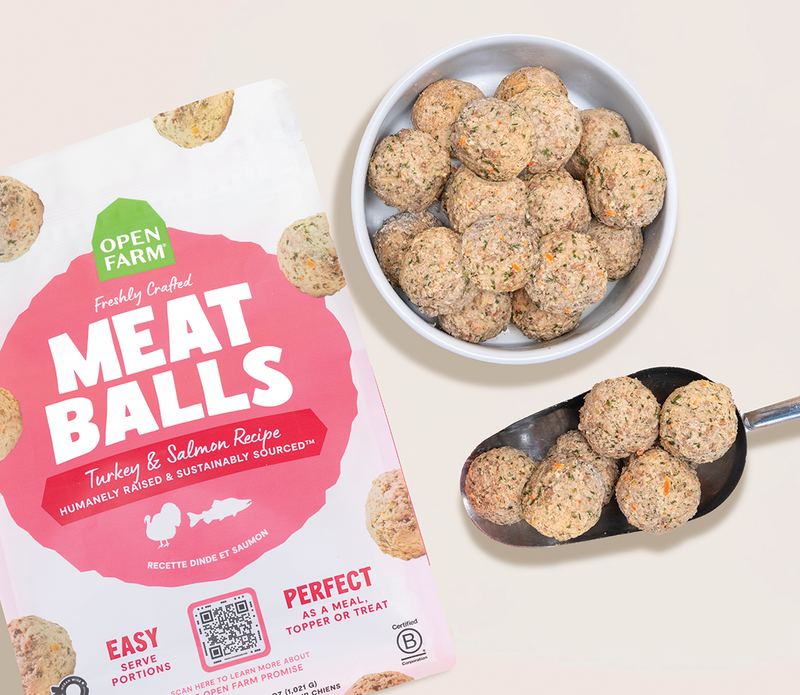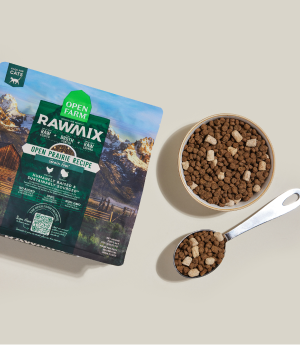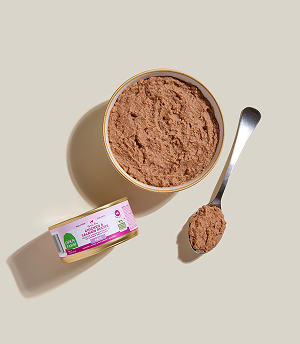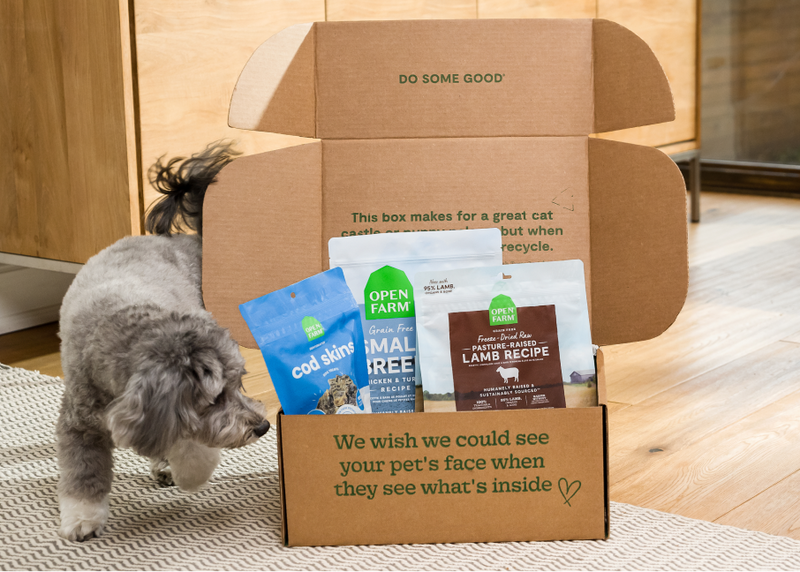Dogs commonly eat the same food for the majority of their lives, and until recently this was not questioned. Many pet parents now feed their dogs in a way that more closely resembles their own eating habits, offering a variety of proteins and formats at mealtime in a plan known as rotational feeding or a rotational diet. This can include switching proteins within a type of food or swapping the type of food for a variety. There are several benefits to this feeding method:
1. Keeps things interesting
Just as we don’t want to eat the same thing for every meal day after day, dogs also appreciate variety. Picky eaters are encouraged by a changing palate of flavors. The rotational diet keeps us pet parents more involved in our pet’s routines with planning and interest into their health. Instead of being stuck in a rut of the same old thing, we can stay open to new and exciting options.
2. Builds healthy digestive & immune systems
Food allergies and intolerances are alarmingly common in dogs, and eating one protein or one food day in and day out could be a contributing factor. By switching protein sources and formulas, it reduces the chance of allergy development, ensures that they're receiving a wide array of essential nutrients, and increases their tolerance to dietary changes.
3. Helps with flexibility and affordability
One of the best things about a rotational diet is that it enables pet parents to feed high quality foods, like Gently Cooked, on an occasional basis rather than exclusively. This makes everything from shopping to traveling easier when your dog is accustomed to more than one kind of food.
4. Optimizes diet options
With rotational feeding, the door is always open for improvement. You may want to introduce a novel protein, try out a different format, or build your pup a custom bowl. Open Farm offers the perfect opportunity to try rotational feeding with many thoughtfully formulated recipes. Check out the variety here!
How to get started
If you are interested in rotational feeding, always start slowly. A good rule of thumb is to introduce the new food over a week or more, starting in 25% increments. For example, feed 25% of the new food and 75% of the old food for a few days, evaluate for any negative changes, then move on with 50% new and 50% old until the transition is complete. Not every dog can tolerate diet changes and it is always best to consult your veterinarian before making any drastic modifications. To learn more about transitioning, here's a guide on how to transition your pet's food.













































 Sign In
Sign In
 Create Account
Create Account










